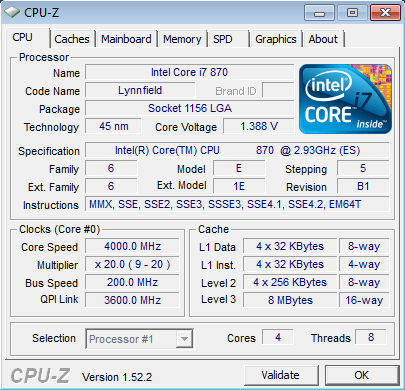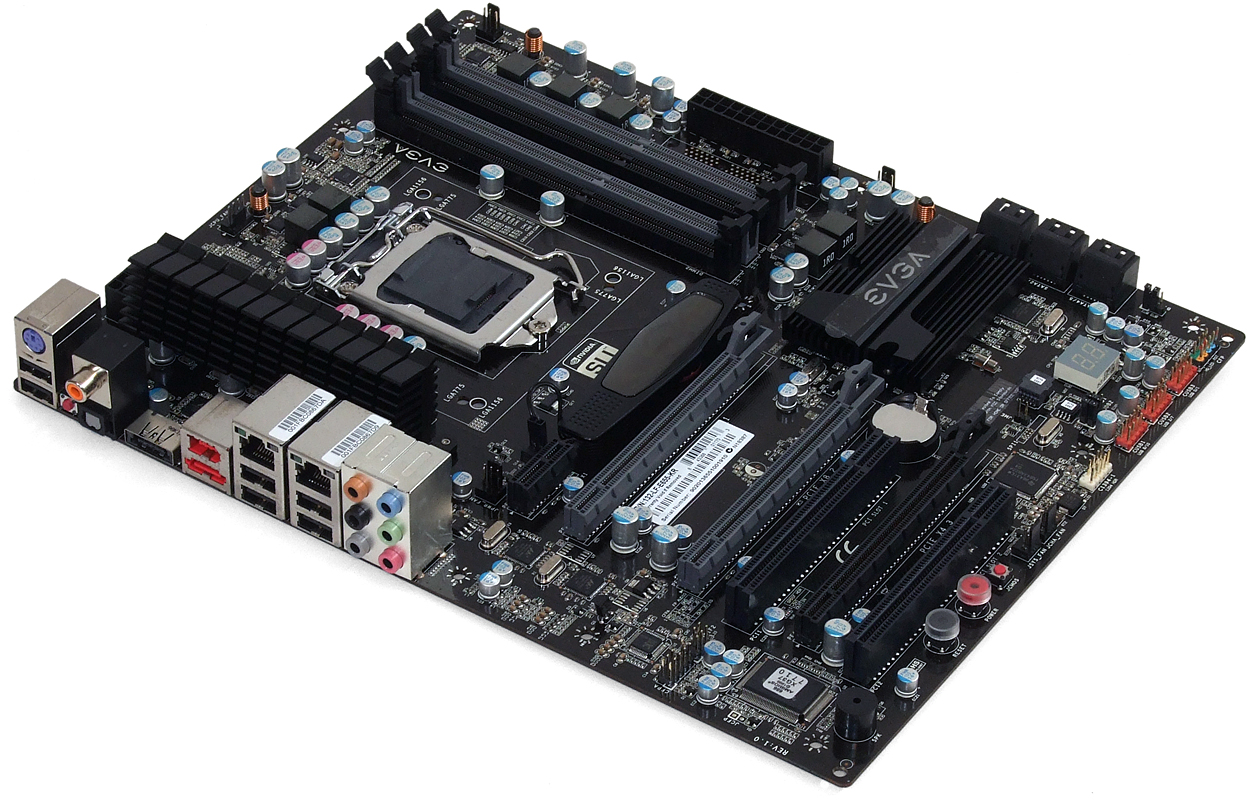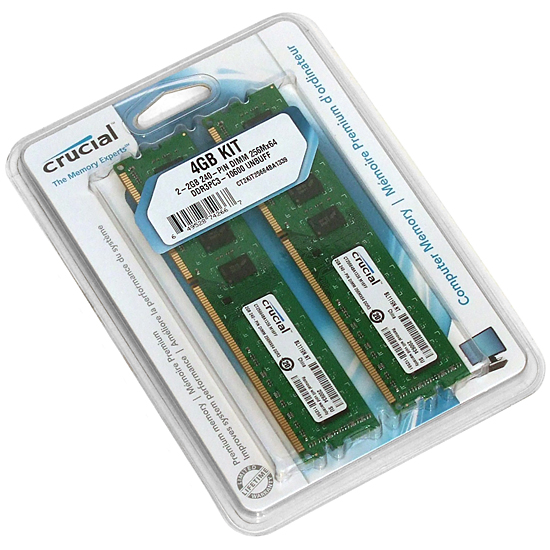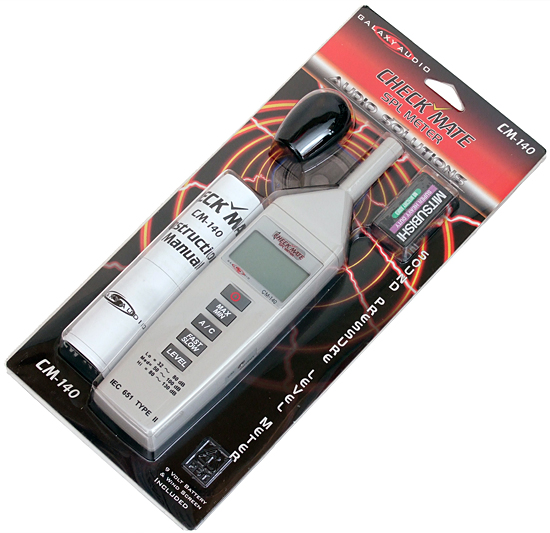Overclocking On Air: 10 LGA 1156-Compatible Performance Coolers
Test Settings
Why you can trust Tom's Hardware
| Test System Configuration | |
|---|---|
| CPU | Intel Core i7-870 (2.93 GHz, 8MB Cache), O/C to 4 GHz (20 x 200 MHz), 1.388V |
| Motherboard | EVGA P55 SLI E655, P55 Express PCH, BIOS A39 (10/23/2009) |
| RAM | Crucial CT2KIT25664BA1339 (4GB), DDR3-1333 at DDR3-1600 CAS 8-8-8-24 |
| Graphics | Diamond Radeon HD 5870 1GB, 850 MHz GPU, GDDR5-4800 |
| Hard Drive | Western Digital Velociraptor WD3000HLFS, 300GB, 10,000 RPM, SATA 3 Gb/s, 16MB cache |
| Sound | Integrated HD Audio |
| Network | Integrated Gigabit Networking |
| Power | Corsair CMPSU-850HX 850W Modular, ATX12V v2.2, EPS12V, 80-Plus Gold |
| Software | |
| OS | Microsoft Windows 7 Ultimate x64 |
| Graphics | ATI Catalyst 9.11 |
| Chipset | Intel INF 9.1.1.1015 |
Still warm from our most recent PCI Express Scaling comparison, EVGA’s P55 SLI was retained for the “just right” overclock settings that were already programmed into it. We wanted to approach (but never reach) the processor’s thermal limit and these settings worked perfectly for nine of the 10 coolers.
Several coolers hung over the memory slots of our motherboard, preventing the use of memory with tall heat spreaders. We skipped the heat spreader issue entirely by using Crucial DDR3-1333 modules, yet were still able to use DDR3-1600 settings.
| Benchmark Configuration | |
|---|---|
| Prime95 v25.8 | 64-bit executable, small FFTs, 8 threads |
| RealTemp 3.00 | Highest core reading at full CPU load (60 minutes) Highest core reading at 30 minutes idle |
| Acu-Rite thermal probe | VRM temperature Ambient temperature at 6" from the motherboard's front edge |
Priced at around $150, Galaxy’s CM-140 has gotten a great deal of attention on the Web as one of the broadest-range, most accurate SPL meters available for under $400. We love a great deal!
Taking a cue from the audio world, we wanted to gauge all of today’s performance coolers at a distance of one meter. The problem for us is that the bottom of our SPL scale is 30db, and the meter is only accuracy rated for decibel levels of 32db or higher. In order to get a “higher” reading from quieter parts, we measured each cooler at 0.25m and then used one of several SPL conversion applications to convert our readings to one meter.
However, the method isn’t perfect--testing several items of known SPL values revealed a consistent 1db (lower) difference that might be attributable to improper meter calibration. To compensate, we added 1db to all of our measurements.
Get Tom's Hardware's best news and in-depth reviews, straight to your inbox.
-
kumaiti Not a single top down cooler?? That is disappointing, though I can already see the excuse: "they don't have as much performance as the tower coolers".Reply -
mrgrey Argh - unbelievable! I literally just purchased my build on newegg, and they just posted this article. I bought the Arctic Cooling 7 over the Hyper 212+, not having seen the article yet.Reply
Hey Tom's - what temps are you getting at 3.2 GHz with the Arctic Cooling 7? Did you use arctic silver 5? -
barmaley Test settings page reads: CPU Intel Core i7-860, but CPU-Z screen shot under it reads Intel Core i7-870. Which one is it that you tested Tom?Reply -
nzprogamer mrgreyArgh - unbelievable! I literally just purchased my build on newegg, and they just posted this article. I bought the Arctic Cooling 7 over the Hyper 212+, not having seen the article yet. Hey Tom's - what temps are you getting at 3.2 GHz with the Arctic Cooling 7? Did you use arctic silver 5?Reply
no worries there you will be fine -
nzprogamer i had the 212 and sunbermtech both were running really good and cool. but i would buy the sunbeamtech with the easy exchange fan kit.Reply -
Crashman kumaitiNot a single top down cooler?? That is disappointing, though I can already see the excuse: "they don't have as much performance as the tower coolers".falchardWhat no Coolermaster V10 or Thermaltake SpinQ Vertical?You would have to ask the manufacturers, since they picked the coolers.Reply




